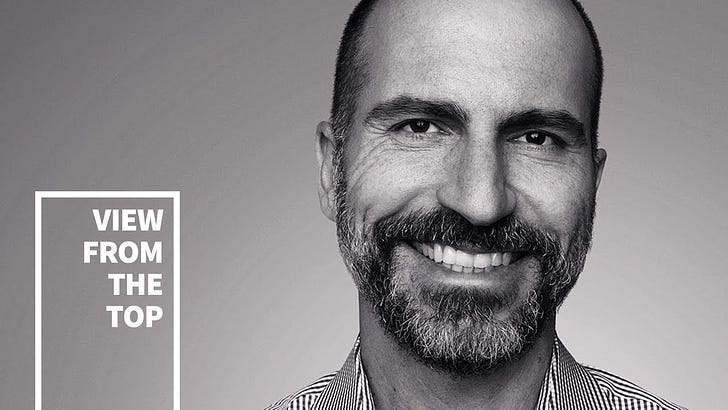Short Term Impatient. Long Term Patient.
I watched this interview of Dara Khosrowshahi (Uber, CEO) speaking at Stanford Graduate School of Business, and it’s a very thoughtful conversation that reveals Uber’s approach to product development and strategy.
My favorite part of the interview is when Dara explains how he asks his team to prioritize ideas when pitching him products (the video above starts just before this part of the interview).
“What I like to talk to my team about is that I’m short term impatient. I want the small ideas that will take a week.
And I’m longterm patient. I’ll listen to the big ideas that take 5 years.
I don’t like the in between.
So if there is a small idea. Get it to me. Get it launched in a month. Get it launched in two weeks. I’ll take that. I’ll also take the big long terms bets.
Don’t come to me with anything in between.”
If you look at most product roadmaps and strategic decisions, they are probably full of “in between” ideas that will take months to build, without shipping. These projects are risky because engineers and product teams like to ship to production often (major dopamine release) and working on a single product for months without customer validation is a scary business risk.
If the product fails, the development period will probably feel like wasted time and the entire organization will question the overall product strategy. In retrospect, you could have reduced scope and created a simpler V1 to ship faster and learn quicker.
Conversely, you could have shown more conviction and spent your time on a longer term initiative that can actually transform your business (like Uber Eats in the case of Uber). These are the “longterm patient” projects that few of us attempt in our careers because they come with great professional risk.
Try to avoid “in between” projects when creating a roadmap or prioritizing projects at work. Short term impatient, long term patient.
An idea that can be applied to many things in life, not just product.


